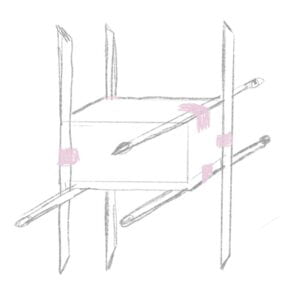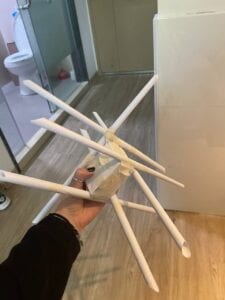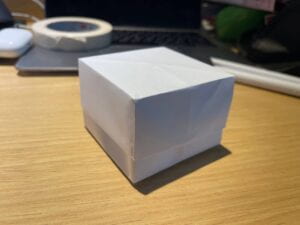Watch the video and read the articles about the Crystal Palace. Give a written account of your thoughts on the industrial revolution, the Crystal Palace and how it has impacted the modern world.
I believe that the Crystal Palace is truly amazing not only in terms of it’s appearance, but in terms of the way it was constructed. It surely introduced a new approach to building construction, which is utilizing standardized pieces (if they are easy to make, bonus points follow) to assemble a grandiose piece is architecture. I believe it influenced the way architects looked at the building construction process and uplifted it to another level, perfectly reflecting how a lot of things that we use in our day-to-day life are made.
In our current challenge of building a spaghetti bridge we will use techniques to produce parts for our overall structures. Can you identify similarities in your process and how the Crystal Palace was created?
I am planning to use standardized-sized pieces to construct the bridge, which will make the re-build or add-ons much easier and efficient (just like it was with the Crystal Palace). Even though I use spaghetti instead of iron rods and withhold from glass, I believe the bridge that I will build still has some similarity in the method of combining the materials as the construction should be as balanced as possible to maintain the shape under as much pressure as possible.
Do some research on mass production and give 2 examples of techniques or processes used to mass produce products or components for products .
Almost everything we use now is mass-produced at some level. The assembling of our phones, our writing supplies, water bottles and even cars. And there are many techniques that emerged to optimize the process of the production:
- Cellular Manufacturing – This concept separates the factory floor into different sections (cells). Machines are placed in a certain order so that materials flow naturally toward the completion of a product.
- Machine Flexibility – This concept refers to the capacity of a factory’s machines to adapt. Can they be changed to manufacture different products? Will they allow for slight variations in design that customization requires?
source: https://www.manufacturing.net/home/article/13239976/a-guide-to-modern-manufacturing-methods





